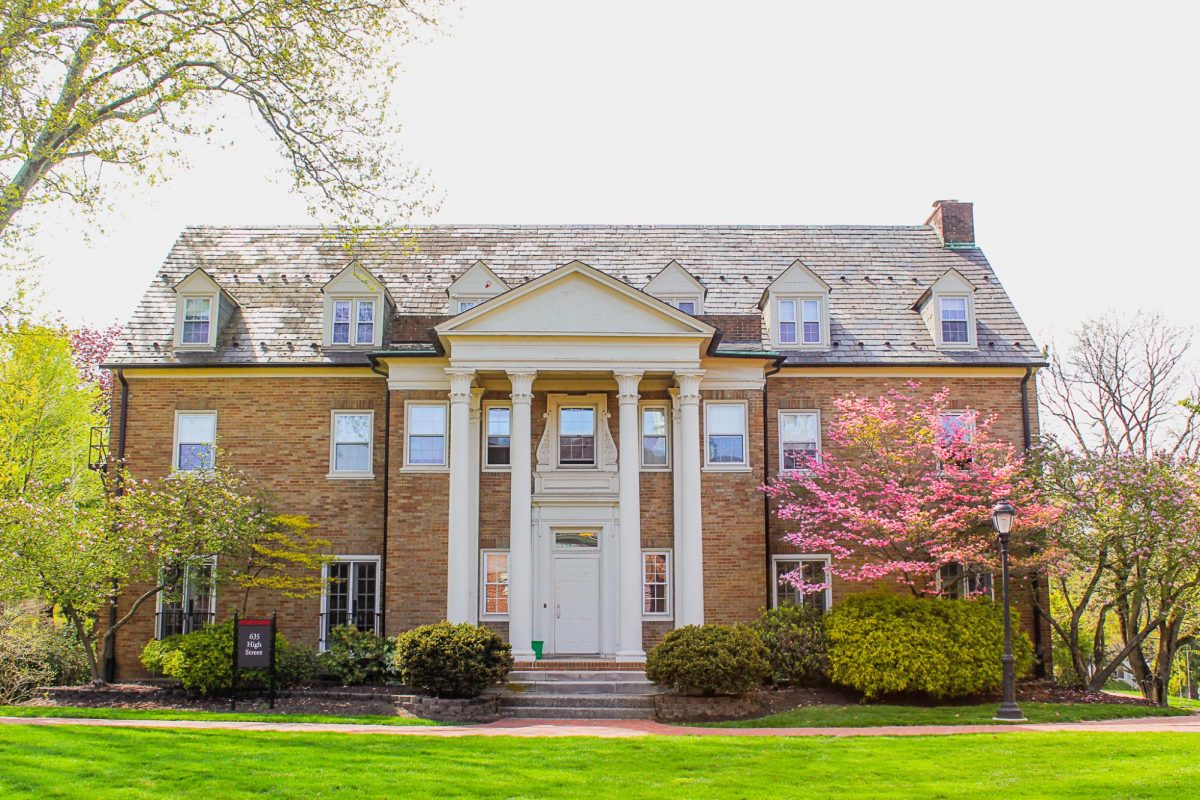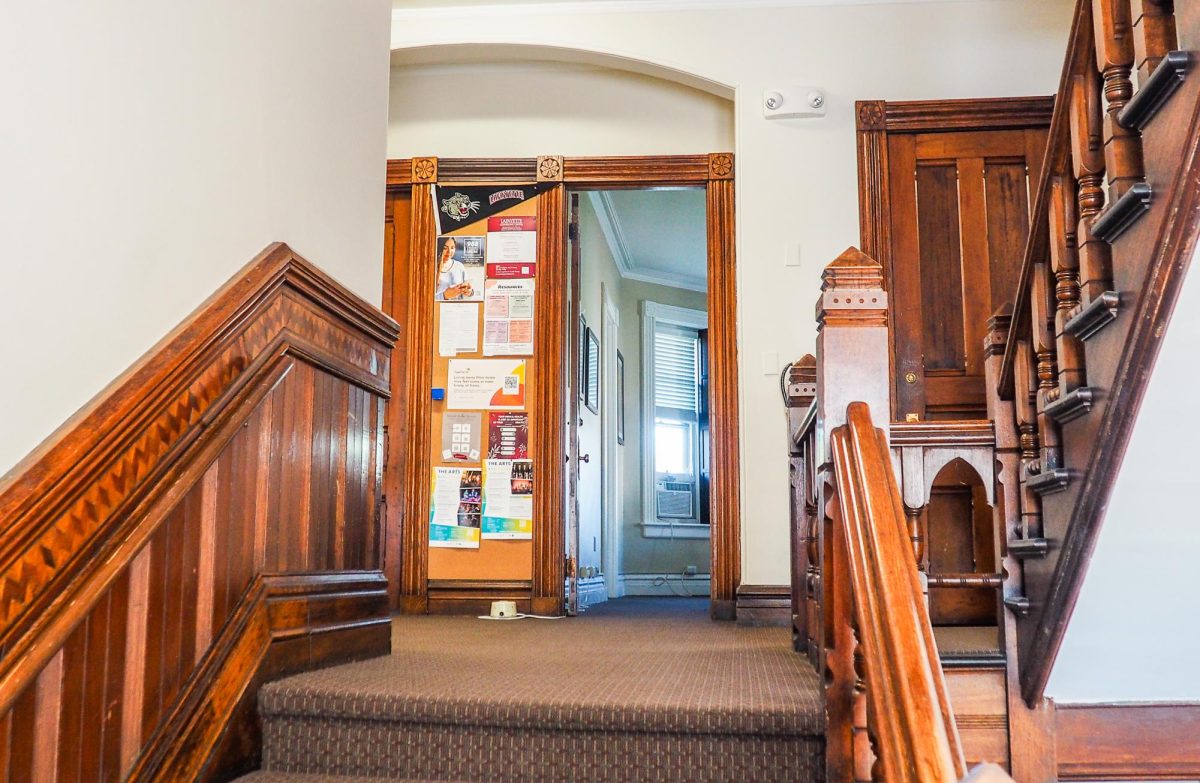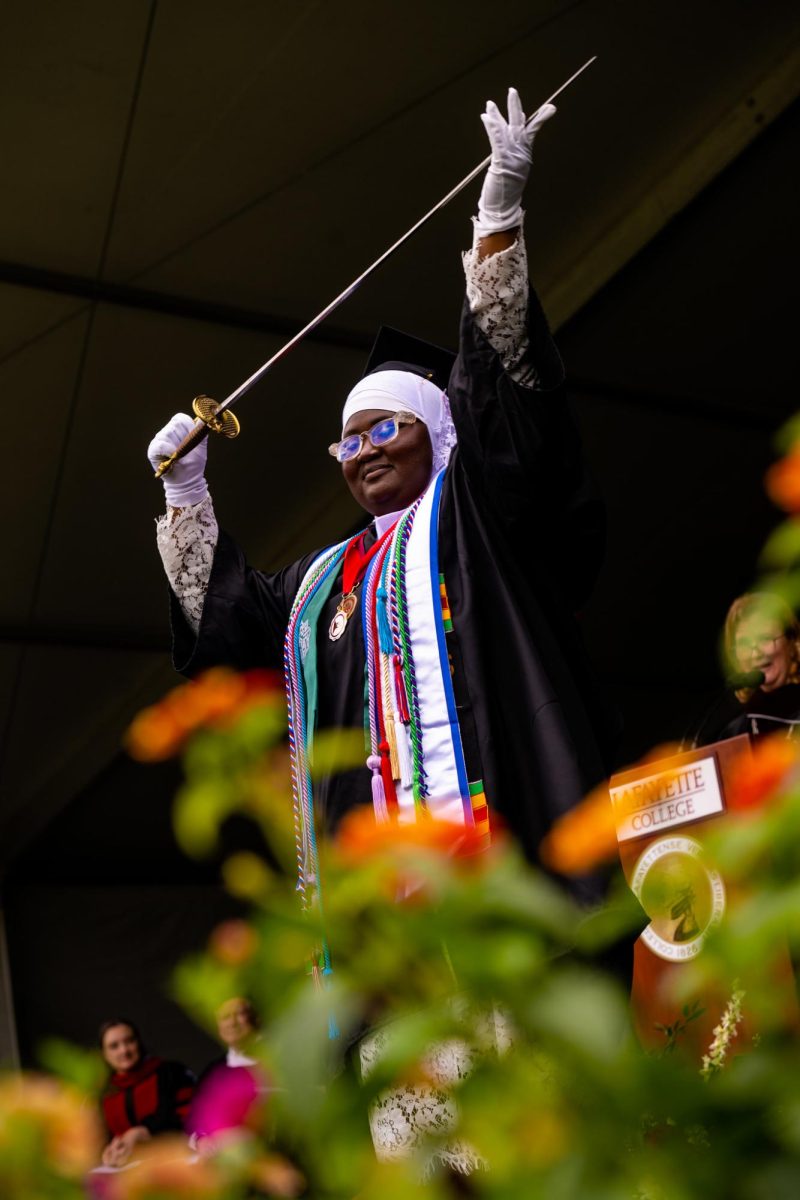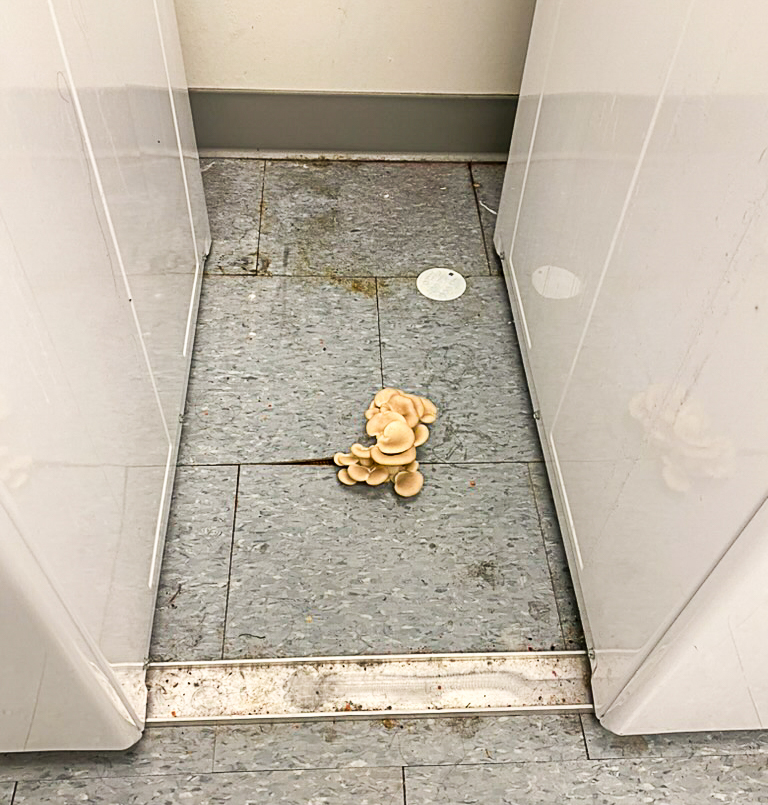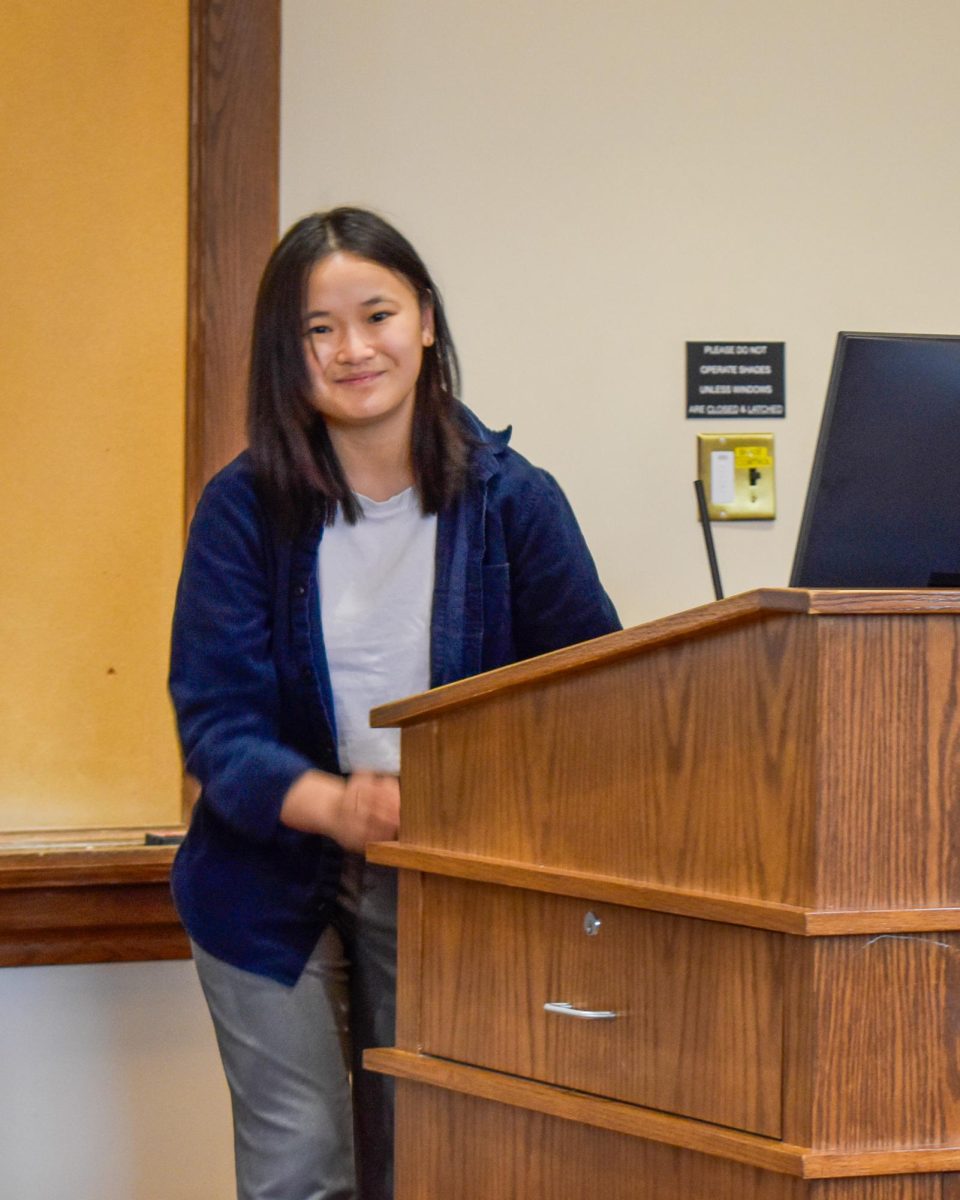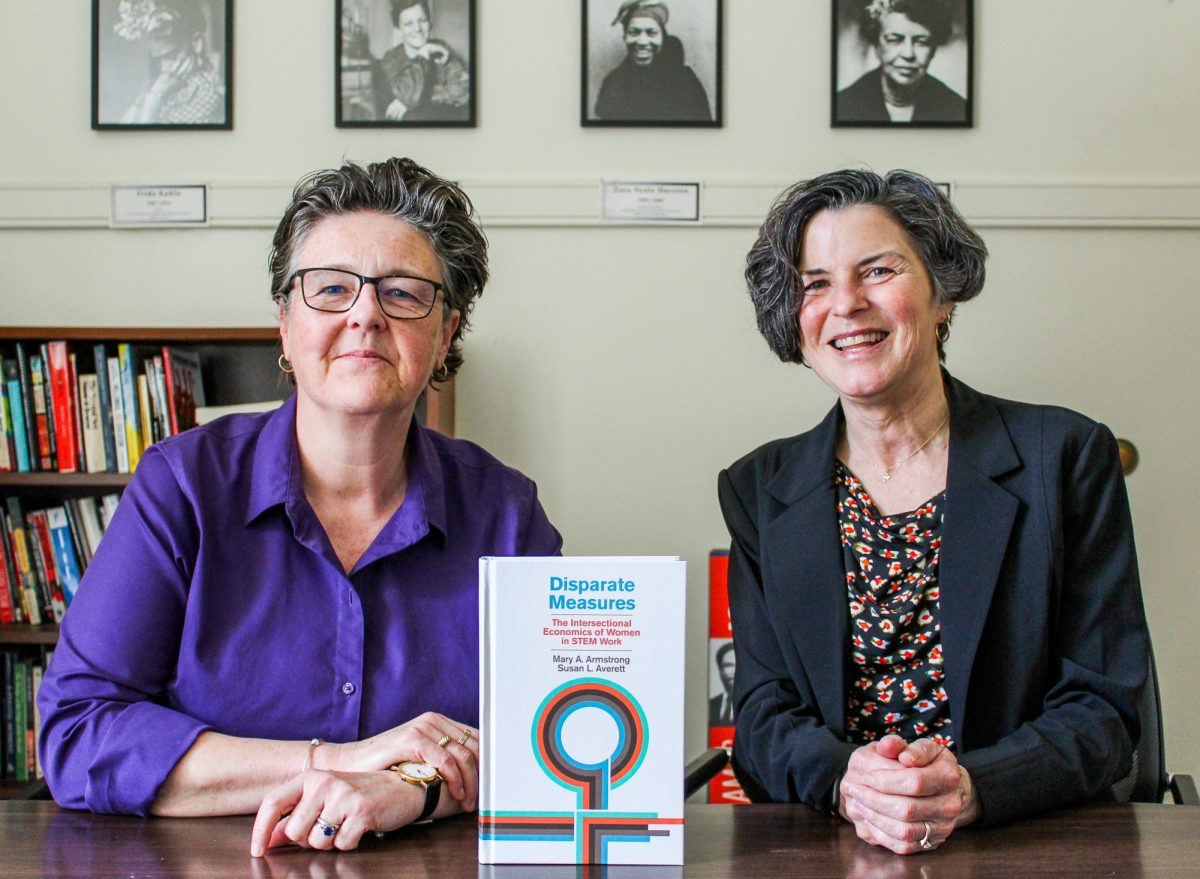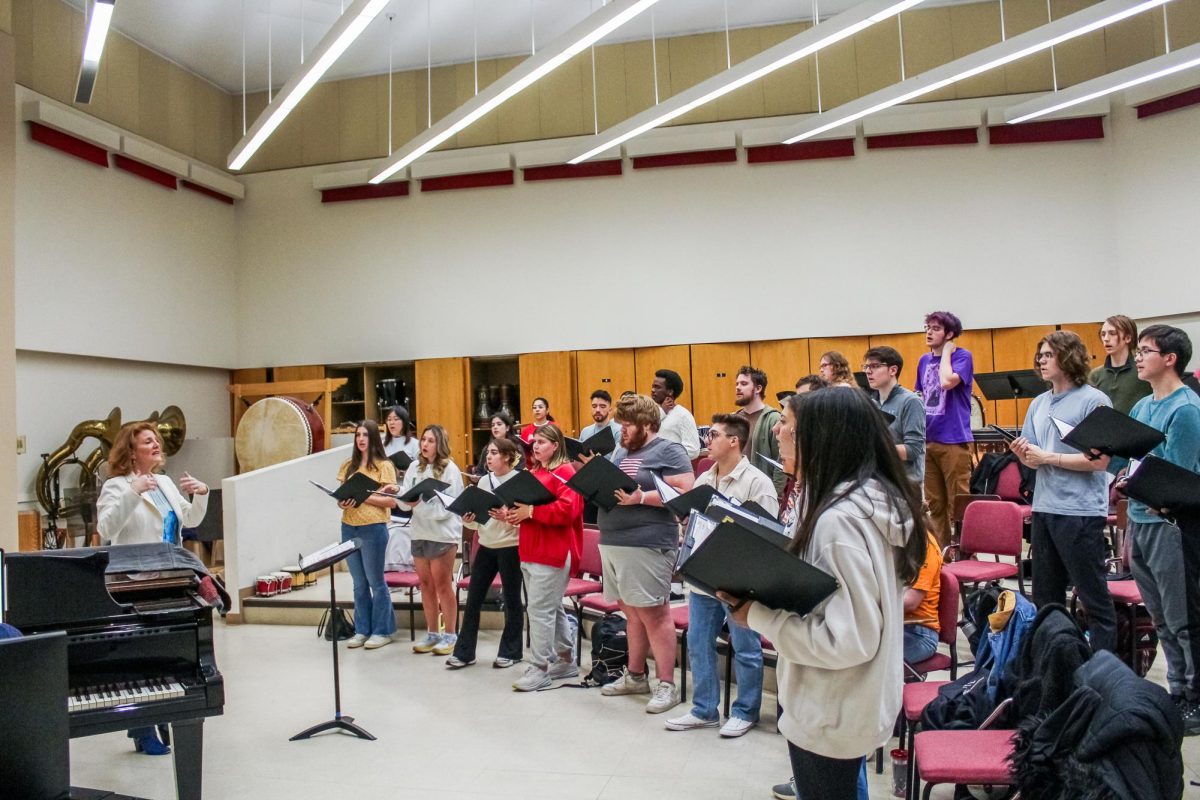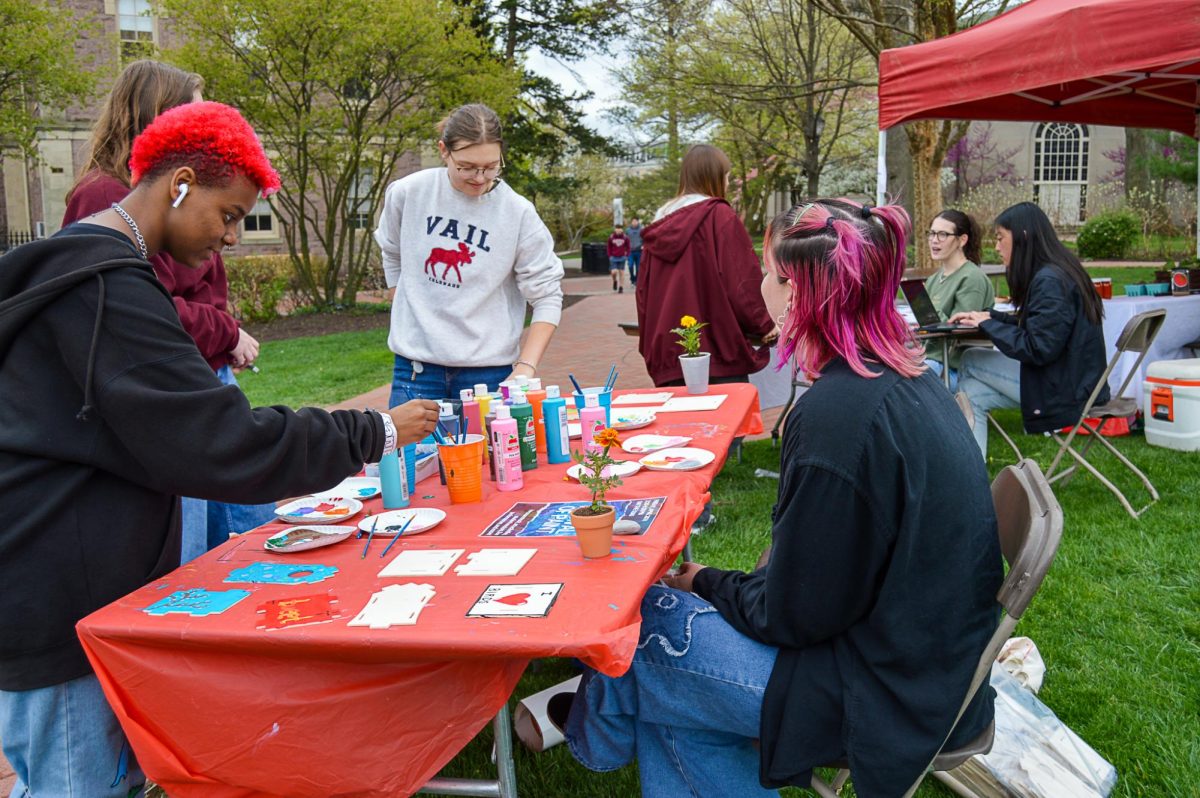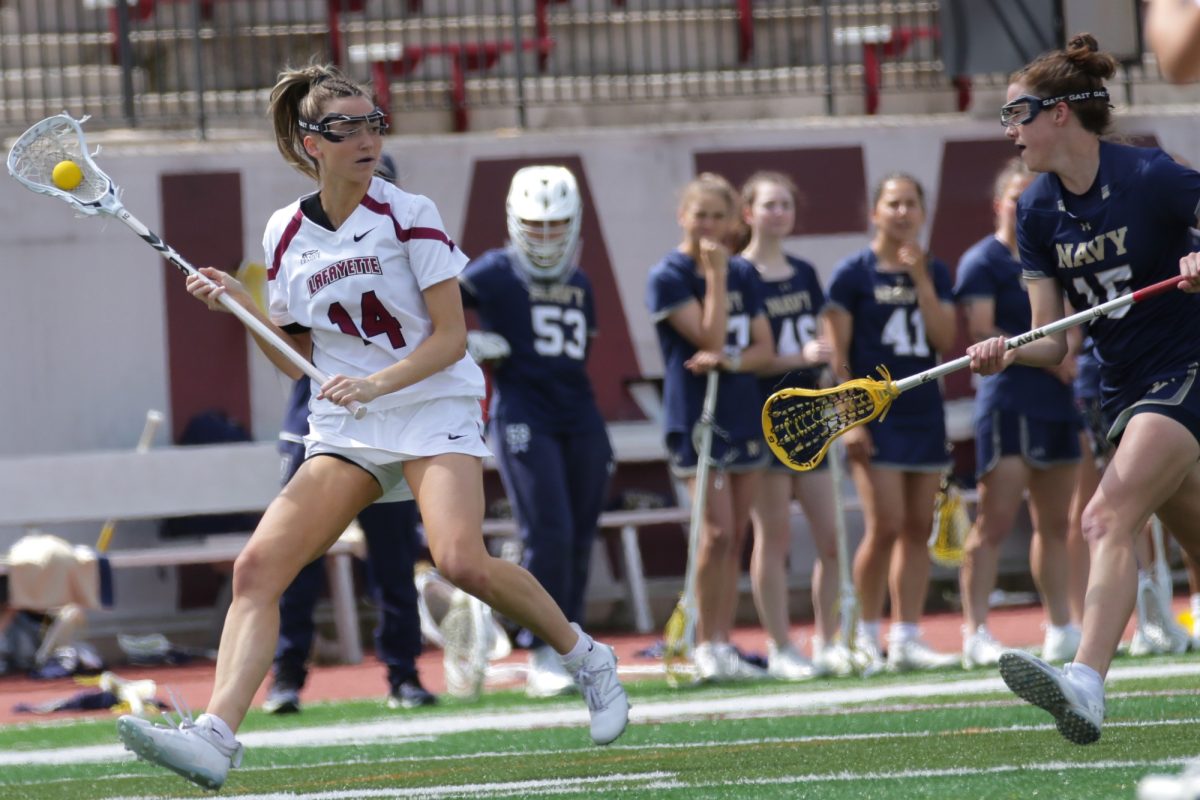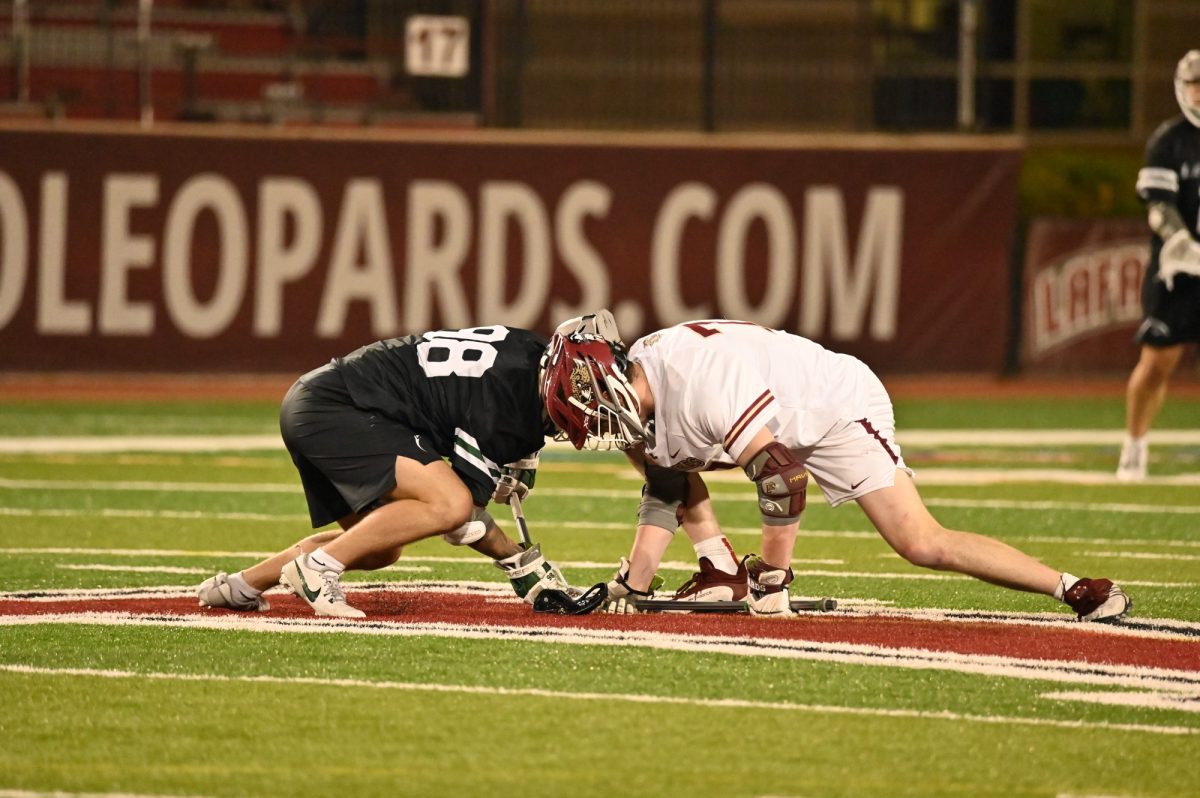Although it has been almost 16 years since Lafayette established the present criteria for academic credit requirements, concerns expressed then still echo among the current student body.
A prevalent unease with the system, which was put into effect the fall semester of 1998, concerns the discrepancy between credits awarded and hours spent in class.
“I think that science majors would like the credit hours to reflect more on the actual number of hours they’ve spent in lectures and labs,” Chris Radomski ‘16 said.
“And in the current system, it doesn’t.” Lara Ruggerio ‘17 added.
Other students, such as Ryan Beebe ‘17, assert that Lafayette’s system “is a good thing because it keeps [academic] competition high.”
“The system has proved to work,” Beebe said. “However, I would argue the people that work harder to take those harder classes should be awarded more credit.”
Before the college transitioned to the single credit system, lecture courses with labs, which are traditionally offered in science departments, were worth four federal credit hours each.
Because some classes without labs were less than four credit hours each, the real change thus focused on creating more in-depth classes in other departments. Lafayette’s credit policy suggests ways to increase depth in courses, such as fieldwork, colloquia, and service learning, among 21 listed options.
However, professors in 1998 expressed concerns that the workload in lecture-only courses was not sufficient for a four credit hour class.
Lafayette was driven to switch systems in 1998 by pressures from the rising number of colleges in the area that had already switched to a one-credit system.
“If you have a lab, it makes it much easier to make that four credit-hour equivalency,” Professor of Civil and Environmental Engineering and current Associate Provost for Academic Operations Mary Roth said. “If you don’t have a lab, there’s some burden on the class and the faculty to make sure there are additional activities that make it equivalent.”
However, the college’s system still remains in the minority nationwide. According to Roth, this is a downside when Lafayette has to provide a standard for comparison with other institutions.
A part of the reason for the switch is the simplicity it provides for students and faculty at Lafayette. Many professors appreciate the straightforwardness of the credit system, especially regarding advising duties.
“For us, it was an easier way to think about our courses and to communicate the importance of courses across all areas, being essentially equivalent,” Roth said.
“All courses should be equivalent at Lafayette,” she added.
Some students, like biology major Charles Azuelos ‘14, think that “courses with labs, that total seven or eight hours plus homework, should be awarded 1.5 credits.”
Assistant Department Head of History Paul Barclay pointed out that at the core of the switch was the intention to create a suitable environment for the faculty to teach five courses a year, offering three one semester, and two the other.
“[The 3/2 load] means your faculty have time to write books and articles and make research trips,” he said. “It also means that the classes they do teach, they have more time to do writing-intensive work and labor-intensive teaching.” He added that it also made Lafayette more attractive to prospective faculty.
The 3/2 load also meant more professors were required, and thus at the time of implementation, 25 percent of courses at Lafayette were taught by adjunct professors.
Before the change, students took five classes each semester. June Schlueter, the college’s provost at the time, argued in 1998 reducing the course load to four classes a semester would thus reduce costs amidst nationwide tuition increases. Students, however, were concerned that they would have less freedom to explore. They soon adjusted; not many petitioned for a fifth class.
Today, students with undecided majors such as Corinna Anderson ‘17 appreciate the four-courses-a-semester system because there are enough classes and the workload is not inflated.
Yet some students feel that having more classes a semester would be beneficial to their academic experience.
“Here, if you want to overload, you have to take on another four credit [hour] class,” Aaron Freedman ‘15, a transfer student from Penn State, said. While at Penn, he took five classes a semester. “At Penn State, you can take classes that you’re interested in…I think there’s definitely more flexibility at Penn State.”
He and Roth both acknowledge however that there is a difference in feasible credit systems between smaller and larger schools.
“[The current system] is a good fit with the mission of the college and our comparative advantage over large institutions,” Barclay said. “It puts us in a different tier of schools.”


